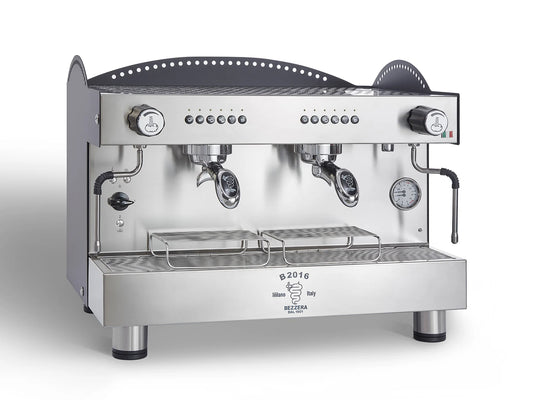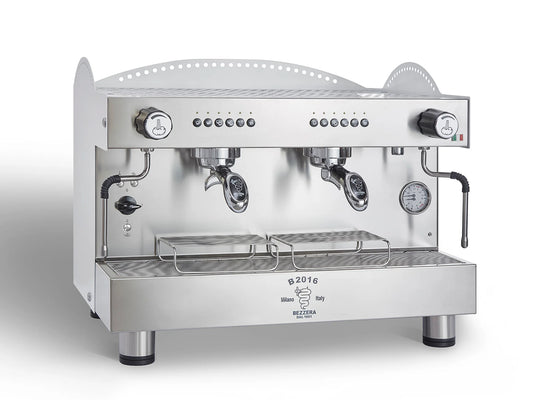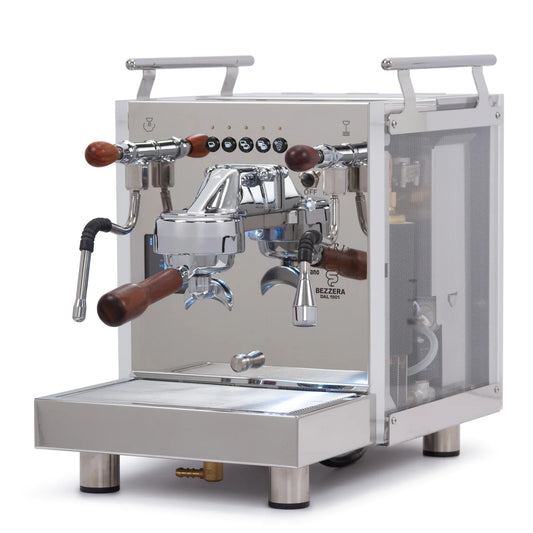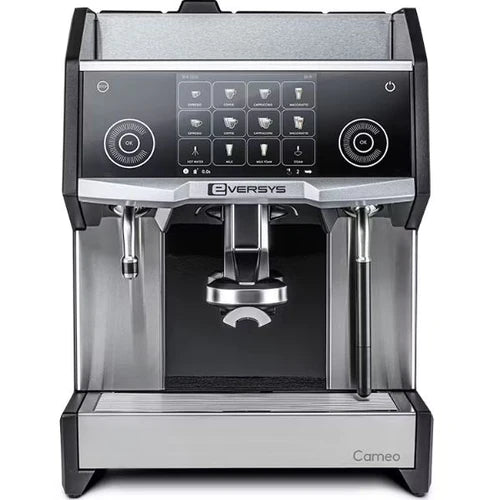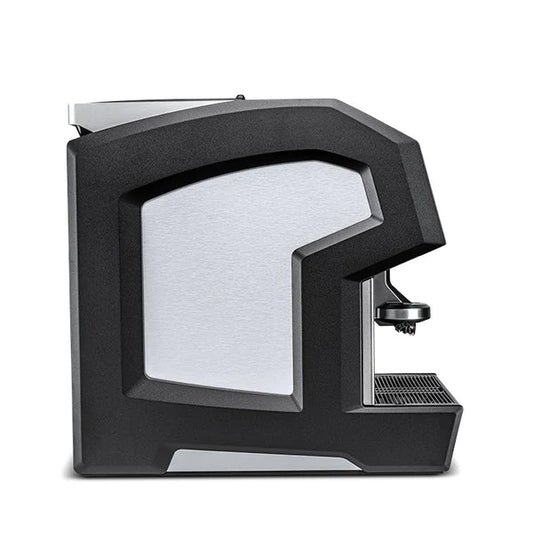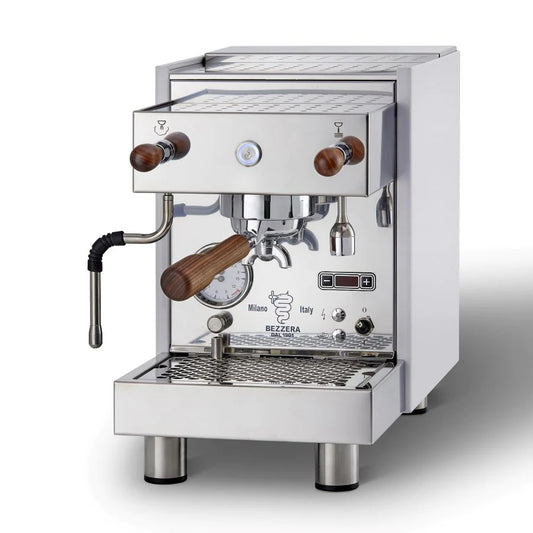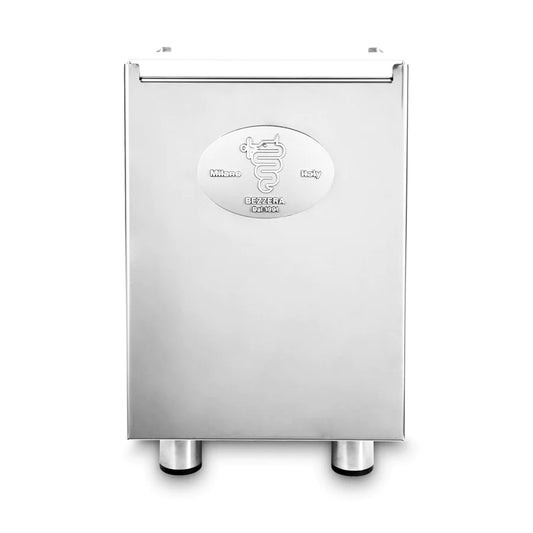Brewing Excellence: The Ultimate Guide to Coffee Makers That Produce the Hottest Coffee
Table of Contents
- Key Highlights:
- Introduction
- Understanding Brewing Temperature
- The Specialty Coffee Association’s Standards
- Top Coffee Makers for the Hottest Brews
- The Impact of Brewing Temperature on Flavor
- Maintenance Tips for Optimal Brewing
- Conclusion
- FAQ
Key Highlights:
- Drip coffee machines generally produce the hottest coffee, adhering to standards set by the Specialty Coffee Association (SCA), which recommends a brewing temperature between 195°F and 205°F.
- Certified machines, such as the Bonavita and Technivorm Moccamaster, ensure optimal temperature and flavor extraction, making them ideal for coffee enthusiasts.
- Brewing temperature significantly impacts flavor; coffee brewed below the recommended range can taste weak or poorly balanced.
Introduction
For many, a steaming cup of coffee is more than just a morning ritual; it’s a cherished daily pleasure that kickstarts the day. However, not all coffee machines are created equal, particularly when it comes to achieving that ideal brewing temperature. It can be frustrating to sip a lukewarm cup of coffee that falls short of expectations. This article delves into the types of coffee makers that produce the hottest brews, backed by standards from the Specialty Coffee Association (SCA). By understanding these machines and their capabilities, coffee lovers can ensure their morning cup is not only hot but also flavorful.
Understanding Brewing Temperature
Brewing temperature plays a crucial role in the extraction of flavors from coffee grounds. According to SCA guidelines, coffee should be brewed at temperatures of 195°F to 205°F to avoid burning the coffee while maximizing flavor extraction. If brewed at lower temperatures, typically found in single-serve machines, coffee may taste bland or weak, lacking the rich flavors that many coffee aficionados seek.
Single-serve coffee machines commonly brew coffee between 187°F and 192°F, which can lead to disappointment for those who appreciate a robust cup. Conversely, espresso machines typically have a brewing range of 190°F to 200°F. However, drip coffee makers stand out in their ability to consistently reach the optimal brewing temperatures, making them the preferred choice for serious coffee drinkers.
The Specialty Coffee Association’s Standards
The SCA has established rigorous benchmarks for coffee makers to ensure quality and consistency in brewing. Their guidelines focus on several factors, including water temperature, brewing time, and coffee-to-water ratio. A machine that meets these standards is certified, meaning it will deliver a cup of coffee that not only meets temperature standards but also provides a balanced flavor profile.
Why Certification Matters
Choosing a certified coffee maker guarantees that it has undergone testing to meet the SCA's stringent requirements. This certification is essential for those who want to invest in a machine that will produce the best-tasting coffee consistently. Brands that earn this distinction are recognized for their commitment to quality and innovation within coffee brewing technology.
Top Coffee Makers for the Hottest Brews
When searching for the ideal coffee maker, it’s essential to consider models that have received certification from the SCA. Below are some of the leading machines that excel in producing the hottest coffee.
Bonavita 5-Cup Drip Coffee Maker
The Bonavita 5-Cup Drip Coffee Maker is a standout choice for those seeking high-quality coffee in smaller batches. Equipped with an 1100-watt heater, it brews coffee at temperatures ranging from 194°F to 205°F. This model is particularly noted for its double thermal carafe, which maintains the coffee's temperature without a heating plate that can lead to burnt flavors. Reviewers appreciate the machine’s simplicity and effectiveness, making it an excellent investment for coffee lovers.
Breville Precision Brewer Drip Coffee Machine
The Breville Precision Brewer is a versatile option that caters to various brewing preferences. Its “Gold Cup” preset mode automatically adjusts the water temperature and brew time to align with SCA standards, ensuring a consistently hot cup. This machine is ideal for those who enjoy experimenting with different brewing methods, as it offers several settings for customized brewing experiences.
Technivorm Moccamaster 53941 KBGV Select
The Technivorm Moccamaster is a best-seller renowned for its exceptional heating capabilities. Featuring a copper boiling element, it heats water to temperatures between 196°F and 205°F, significantly enhancing flavor extraction. Users praise the Moccamaster for its durability and ease of use. Its thermal carafe ensures that coffee remains hot for extended periods, making it perfect for households where multiple cups are enjoyed throughout the day.
The Impact of Brewing Temperature on Flavor
Brewing coffee at the right temperature is crucial not only for heat but also for flavor extraction. A brew that is too cool can lead to under-extraction, resulting in a weak taste profile and a disappointing experience. Conversely, brewing at excessively high temperatures can burn the coffee, creating undesirable bitter notes.
The Science of Flavor Extraction
The flavor compounds within coffee grounds are released at different temperatures. When brewed at optimal temperatures, the essential oils and acids in the coffee can develop fully, resulting in a well-rounded cup that showcases the coffee's unique characteristics. This is why adhering to the SCA’s recommended temperature range is vital for achieving the best flavor profile.
Maintenance Tips for Optimal Brewing
To ensure that your coffee maker continues to perform at its best, regular maintenance is essential. Here are some best practices to keep in mind:
Cleaning Your Coffee Maker
Regular cleaning prevents the buildup of mineral deposits and coffee oils that can affect flavor. Depending on usage, it’s advisable to clean your coffee maker every few months. Most machines come with specific cleaning instructions, but a common method involves running a solution of equal parts water and vinegar through the machine.
Water Quality Matters
The quality of water used in brewing can significantly impact the taste of coffee. If your tap water has a distinct taste or odor, consider using filtered water to improve the overall flavor. Additionally, using water that is too hard can lead to mineral buildup inside the machine, affecting its performance.
Regular Check-Ups
Periodically inspect your coffee maker for any wear and tear, especially the heating elements and carafes. If you notice any irregularities in performance, consulting the manufacturer or a professional repair service can help maintain the longevity of your machine.
Conclusion
The quest for the perfect cup of coffee ultimately hinges on the machine used to brew it. By understanding the importance of brewing temperature and selecting certified coffee makers, enthusiasts can enjoy a consistently hot and flavorful cup of coffee. Investing in quality machines like the Bonavita, Breville Precision Brewer, or Technivorm Moccamaster will not only enhance the coffee experience but also ensure that every brew meets the high standards set forth by the Specialty Coffee Association.
FAQ
What is the ideal brewing temperature for coffee?
The Specialty Coffee Association recommends brewing coffee between 195°F and 205°F for optimal flavor extraction.
Why are drip coffee makers preferred for hot coffee?
Drip coffee makers typically reach and maintain the ideal brewing temperatures more effectively than other types, such as single-serve machines or espresso makers.
How can I maintain my coffee maker?
Regular cleaning, using quality water, and inspecting for wear and tear are essential practices for maintaining your coffee maker.
Are there specific brands that are recommended for hot coffee?
Yes, brands such as Bonavita, Breville, and Technivorm offer models that are certified by the SCA for consistently brewing at optimal temperatures.
What happens if coffee is brewed at lower temperatures?
Brewing coffee at lower temperatures can result in weak or poorly balanced flavors, leading to a less enjoyable drinking experience.

